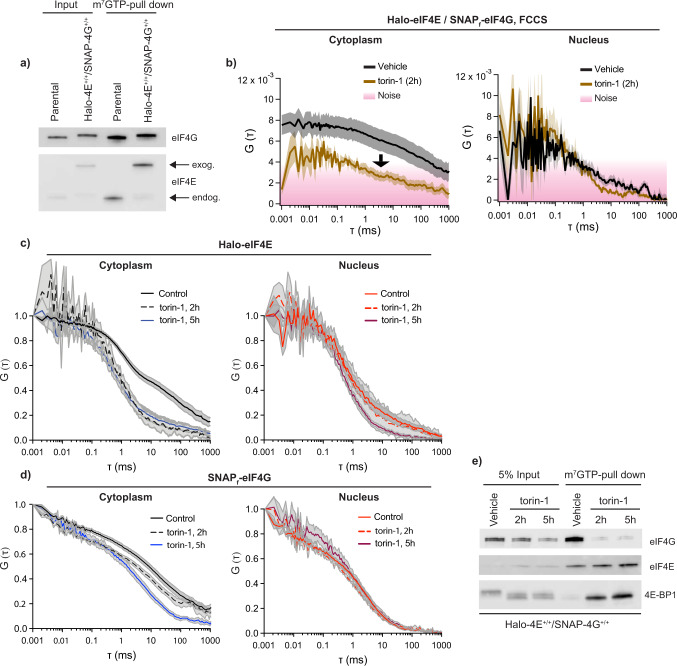Fig. 3. eIF4E and eIF4G binding to the mRNA is detected by FCS upon mTOR inhibition.
a Parental mESC and double knock-in Halo-eIF4E+/+/SNAP-eIF4G+/+ total cell lysates (input) were subjected to cap-pull-down assay (m7GTP-pull-down) and analyzed by western blotting. eIF4G and eIF4E antibodies showed binding of wild-type and tagged proteins to the 5’cap. Tagging of endogenous eIF4E and eIF4G did not affect cap-binding as compared to the parental counterpart. b–e Halo-eF4E+/+/SNAP-eIF4G+/+ cells were treated with vehicle (DMSO) or 250 nM torin-1 for 2 h and 5 h respectively. b Simultaneous diffusion of JF585Halo-eIF4E and JF646SNAPf-eIF4G was analyzed by dual color cross-correlation spectroscopy (FCCS) in the indicated conditions. Cross-correlation was detected in the cytoplasm of control cells (left panel), but not in the nucleus (right panel). Minor residual eIF4E:eIF4G was detected in the cytoplasm upon 2 h mTOR inhibition (left panel). c, d Averaged autocorrelation curves representing individual diffusion of JF585Halo-eIF4E (c) and JF646SNAPf-eIF4G (d) in the indicated conditions (N = 10 ± SEM). In control cells, both JF585Halo-eIF4E (c) and JF646SNAPf-eIF4G (d) autocorrelations showed slower diffusion as compared to their nuclear counterparts. No changes were detected in the nuclear counterparts. Cytoplasmic eIF4E molecules diffuse as fast as the nuclear counterpart as early as 2 h upon torin-1 treatment, whereas cytoplasmic eIF4G mirrors the nuclear diffusion only after 5 h. e Total lysates (input) of cells described in (c–e) were subjected to cap-pull-down assay (m7GTP pull-down) and analyzed by western blotting with the indicated antibodies. eIF4E:eIF4G dissociation occurred as early as 2 h upon torin-1 treatment.

